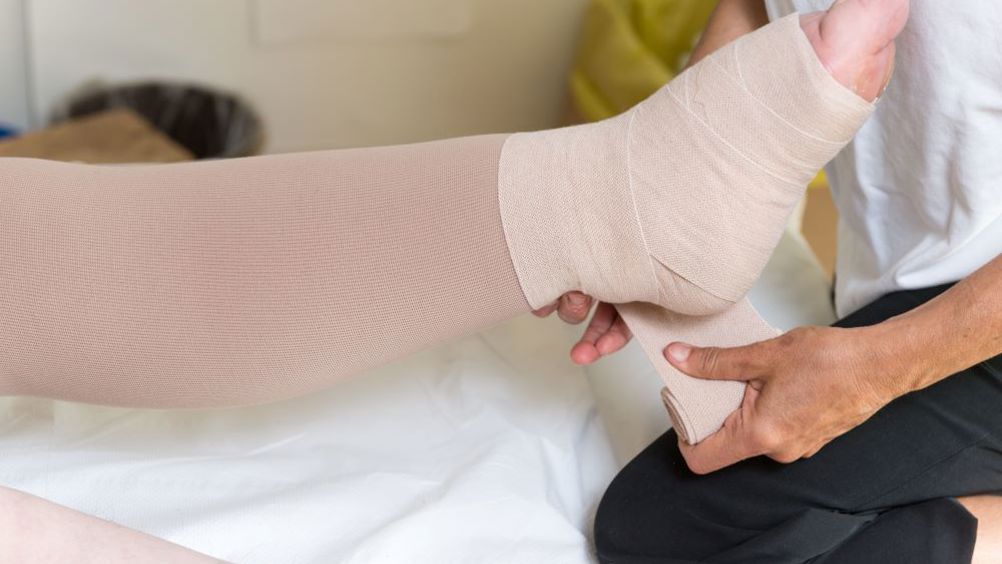References
Compression therapy and heart failure: a scoping review of the existing evidence

Abstract
The completion of a scoping review within the area of compression therapy and heart failure offers an insight into the present literature in this area, alongside offering the ability to connect this existing knowledge to chronic oedema/lymphoedema when both conditions co-exist. The evidence obtained included national agreed guidelines, consensus documents and existing primary/secondary research. The review identified existing evidence that suggests that the application of compression therapy in those with heart failure may be appropriate, but is dependent upon staging and stability. However, this needs to be contextualised against other co-morbidities, such as lymphoedema, which may impact upon the exact compression therapy and level applied. Further research within the area of heart failure in combination with chronic oedema/lymphoedema would expand the existing evidence base. This is set against a need for further consensus guidance to bridge the gap that exists within the literature.
The presence of lymphoedema is one example of a long-term condition that requires self-management, alongside the support of significant others and healthcare professionals. However, this area becomes complicated when this is accompanied by other long-term conditions, such as heart failure (HF), with compression therapy (CT) being contraindicated in some cases (International Lymphoedema Framework (ILF), 2006a; Moffatt et al, 2019). A recent international study suggested that the average age for those affected by lymphoedema are those over 55 years, with more woman affected than men (Mercier et al, 2019). This is in comparison to the average age of those affected by HF, which is 72 years, with men being more commonly affected than women (National Institute for Health and Care Excellence (NICE), 2018). Statistically, 920 000 people are affected by HF within the UK, with lymphoedema estimated to affect between 3:99 up to 28.86 per 1000 of the UK population (Moffatt et al, 2016; NICE, 2018). It has been suggested that the presence of HF may negate the application of CT, due to the potential impact this may have upon the person's physical health (Moffatt et al, 2019a; 2019b). CT comes in a variety of formats, such as compression hosiery (CH) and bandages, or varying levels of pressure being delivered in millimetres of mercury (mmhg) (ILF, 2006a). The possible connection between the effects of CT, and the movement of fluid within a compromised cardiac system, has led to a variety of approaches in the management of oedema (Andriessen, 2017). The aim of the scoping review (SR) is to identify the current level of evidence and guidance within the application of compression therapy in those diagnosed with heart failure and/or chronic oedema/lymphoedema. The outcomes of the SR will be presented as a narrative synthesis of the three challenges that are often faced when considering CT in those with HF and/or chronic oedema/lymphoedema.
Register now to continue reading
Thank you for visiting Community Nursing and reading some of our peer-reviewed resources for district and community nurses. To read more, please register today. You’ll enjoy the following great benefits:
What's included
-
Limited access to clinical or professional articles
-
New content and clinical newsletter updates each month

